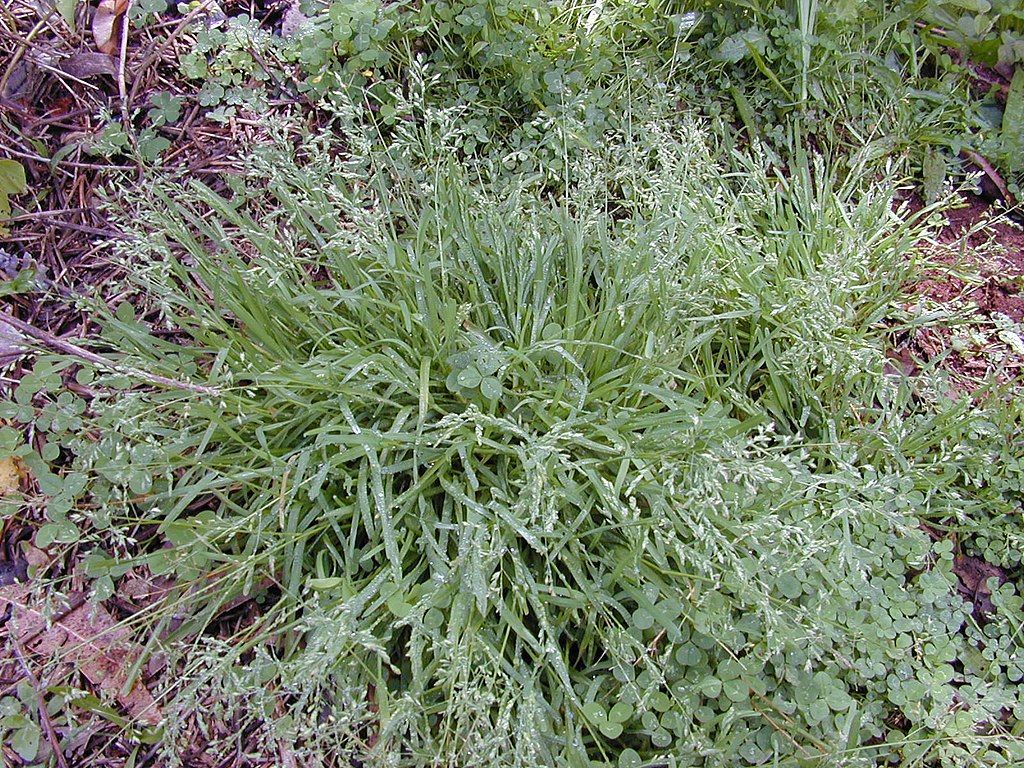
Have you found yourself asking What is this weird grass in my lawn?
It can be a major source of frustration when unwanted grassy weeds pop up and seem nearly impossible to get rid of. In fact, you might have even found yourself performing an online search for “strange grass in my lawn” in order to attempt to figure out what you’re dealing with. Grassy weeds identification is the first step to take.
If you have unwanted grasses and weeds in your lawn, rest assured that you are not alone. Grassy weeds are relatively common here in North Texas. That’s why we’ve rounded up a list of the 6 that we see most often as well as what to do about them.
As we’ve mentioned, the first step in grassy weed control is knowing what you’re dealing with. Here are the 6 grassy weeds that we see most often. Then, we’ll talk about how to implement solutions.
We find that most homeowners in North Texas are familiar with crabgrass. In fact, people often see grassy weeds and automatically assume they’re crabgrass, even though there are actually a number of different grassy weeds like the ones we’re addressing here.
Crabgrass grows in clumps and sticks out in the lawn like a sore thumb. It can spread in thinned out areas of the lawn quite rapidly. There are 33 listed crabgrass species but in our specific region, we most often deal with Smooth Crabgrass and Hairy Crabgrass. Both emerge in the mid-spring, reproduce prolifically during summer, and are killed by the first frost in the fall.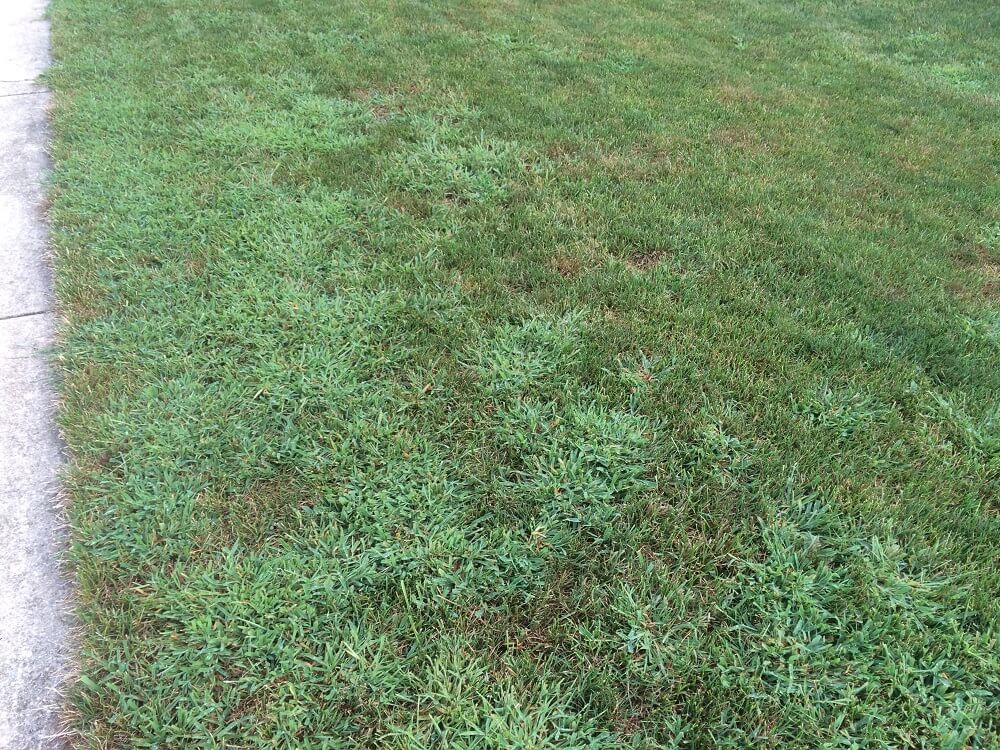
Like crabgrass, dallisgrass also grows in clumps and sticks out of the lawn because of its bunched-up appearance. It has coarse leaves and tall seed stalks and appears in a distinct grayish/green color. This is another frustrating and difficult-to-control grassy weed. This is due partly to the fact that it is deep-rooted. But it’s also an aggressive grower. Generally speaking, the longer you’ve had dallisgrass hanging around, the harder it will be to get rid of.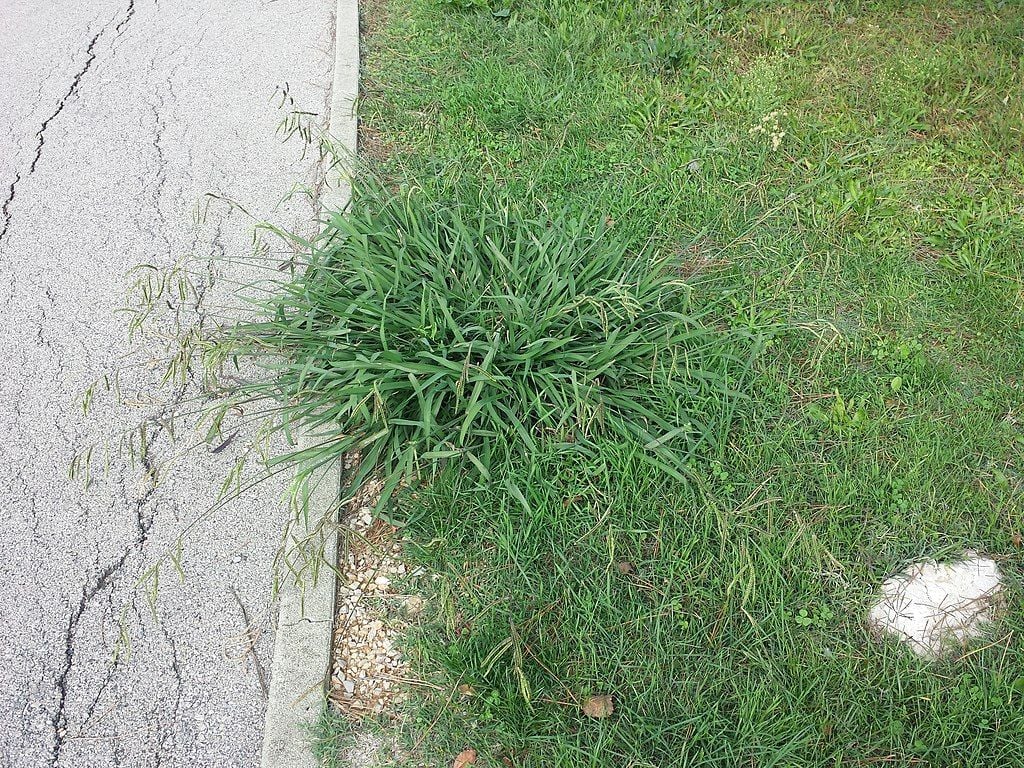
Poa annua, also known as annual bluegrass, is another of the grassy weeds that can be difficult to get rid of. It grows upright and has creeping stolons. It’s generally bright green in color. Poa annua tends to emerge in the late winter and persists through the early spring. It has a long growing season and its seeds germinate through fall, winter, and spring.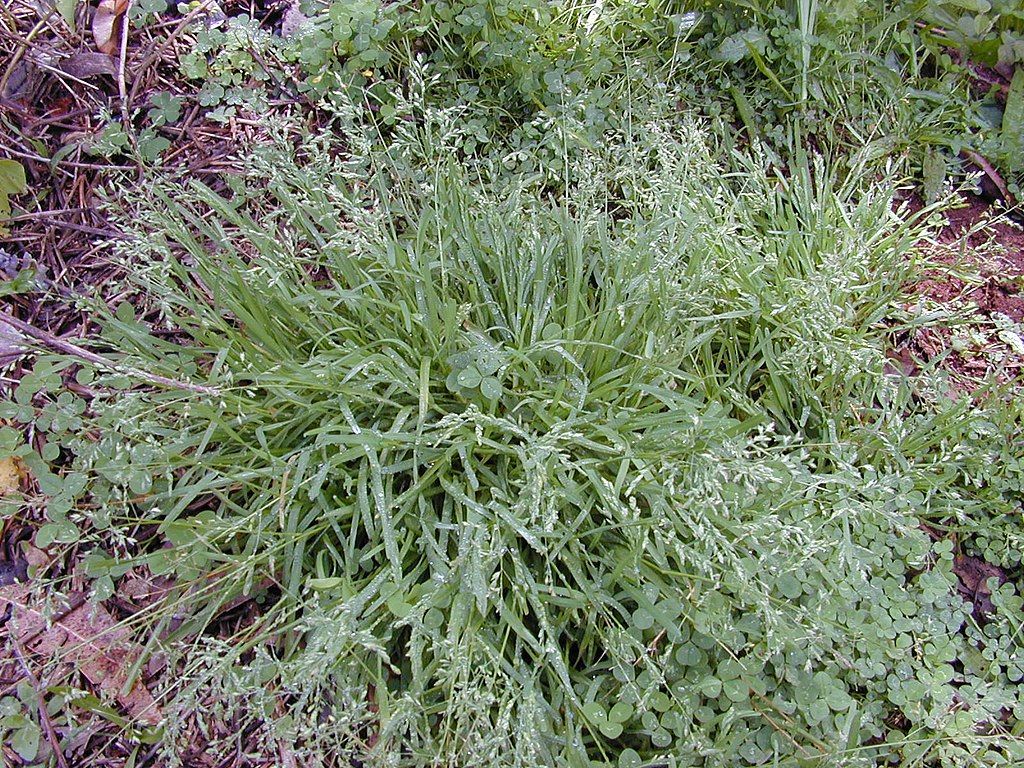
Goosegrass is a summer annual weed that thrives in compacted and poorly draining soil. Of the various grassy weeds, this is another one that is commonly mistaken for crabgrass as they do look a lot alike. The best way to identify them separately is by the whitish stems at the base that look extremely flattened out. This is different from crabgrass which has longer blades that have been described as looking like fingers (which is why it also sometimes goes by a nickname of “finger-grass”).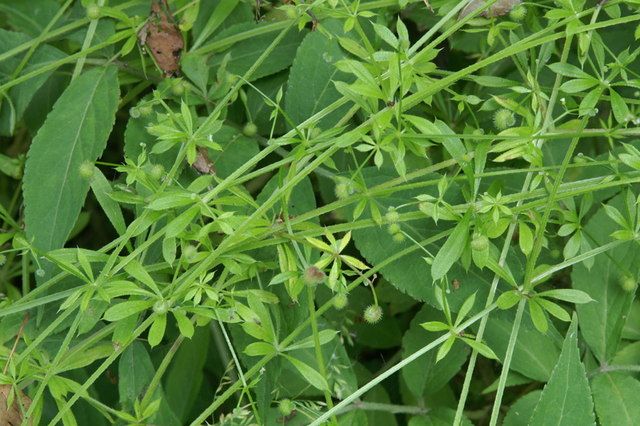
This tall-growing, perennial grassy weed was originally introduced as a forage crop but is now a troublesome weed. It can produce a lot of seed heads and then spread across your lawn. Johnsongrass is incredibly invasive and grows quite fast. If left alone it can grow as tall as 7 feet, which you may have seen on roadsides. In a residential lawn, it’s still going to grow taller than your desired turf.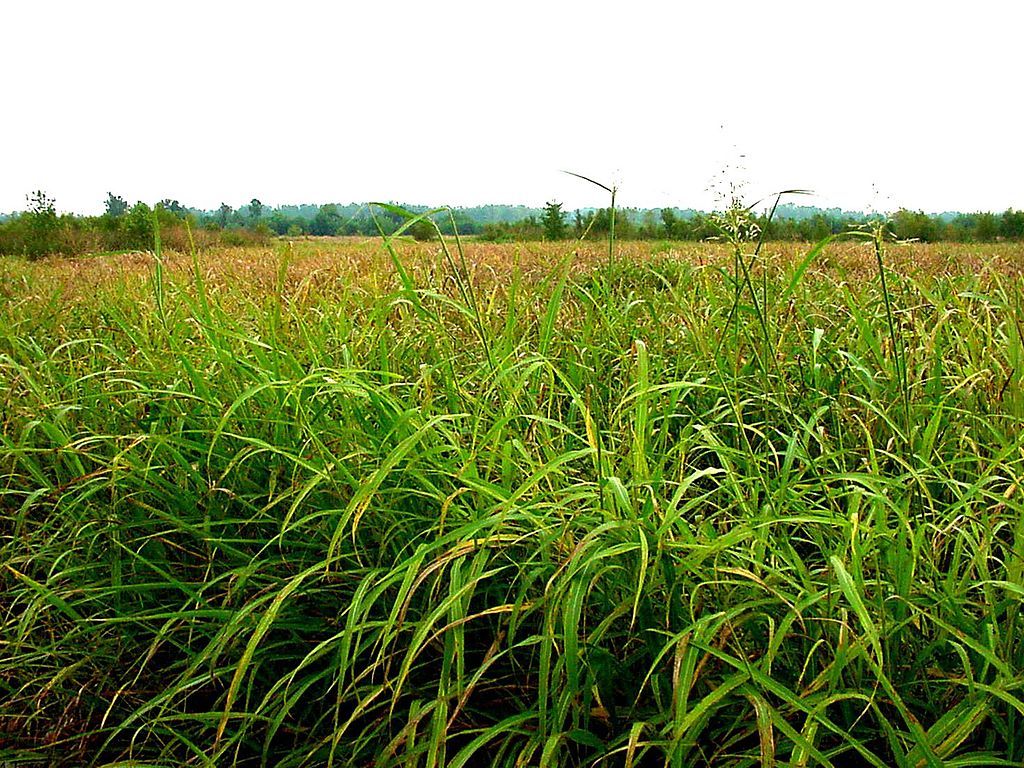
This invasive weed has stems arising from its almost flat crown. Stems turn a straw color when they are fully mature. It was introduced on rangelands for the purpose of soil and water conservation, however it has spread to roadsides and even lawns and become a troublesome burden.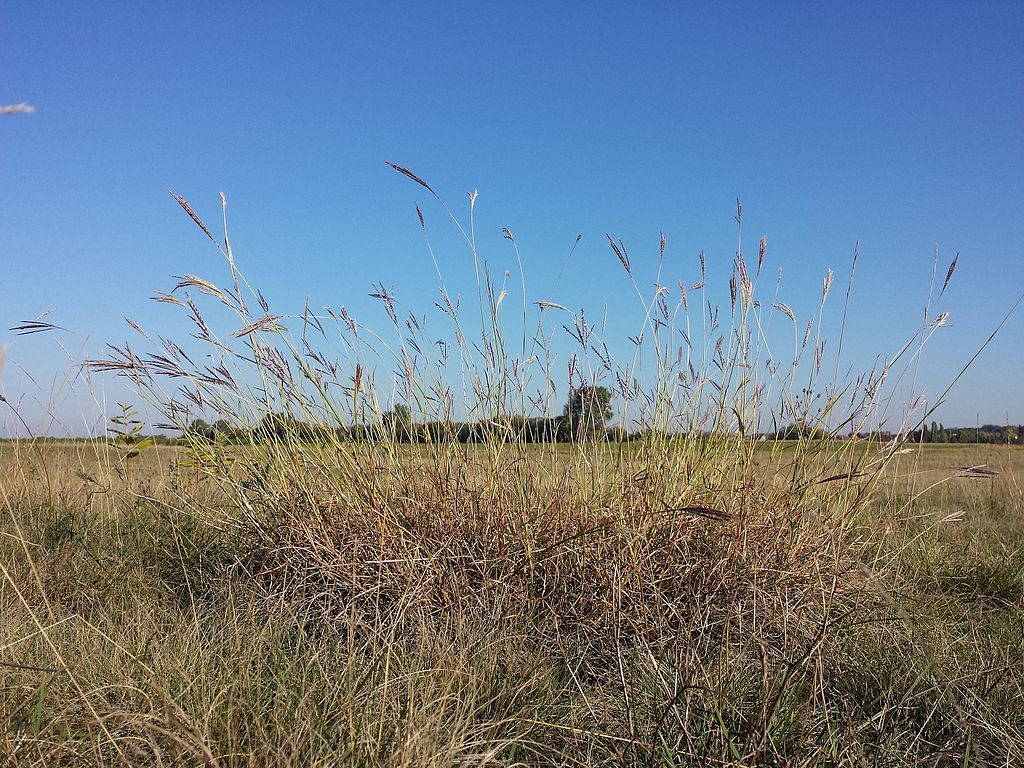
The best approach to grassy weed control is to implement a pre-emergent control, which will prevent some of these grassy weeds from germinating. Pre-emergents work relatively well on poa annua, goosegrass, king ranch bluestem, and to some degree, johnsongrass. We also have specialized crabgrass pre-emergent controls that we can utilize.
Pre-emergent controls are largely ineffective on dallisgrass, so the best solution is a post-emergent weed control application in the late fall, while this weed is still actively growing. 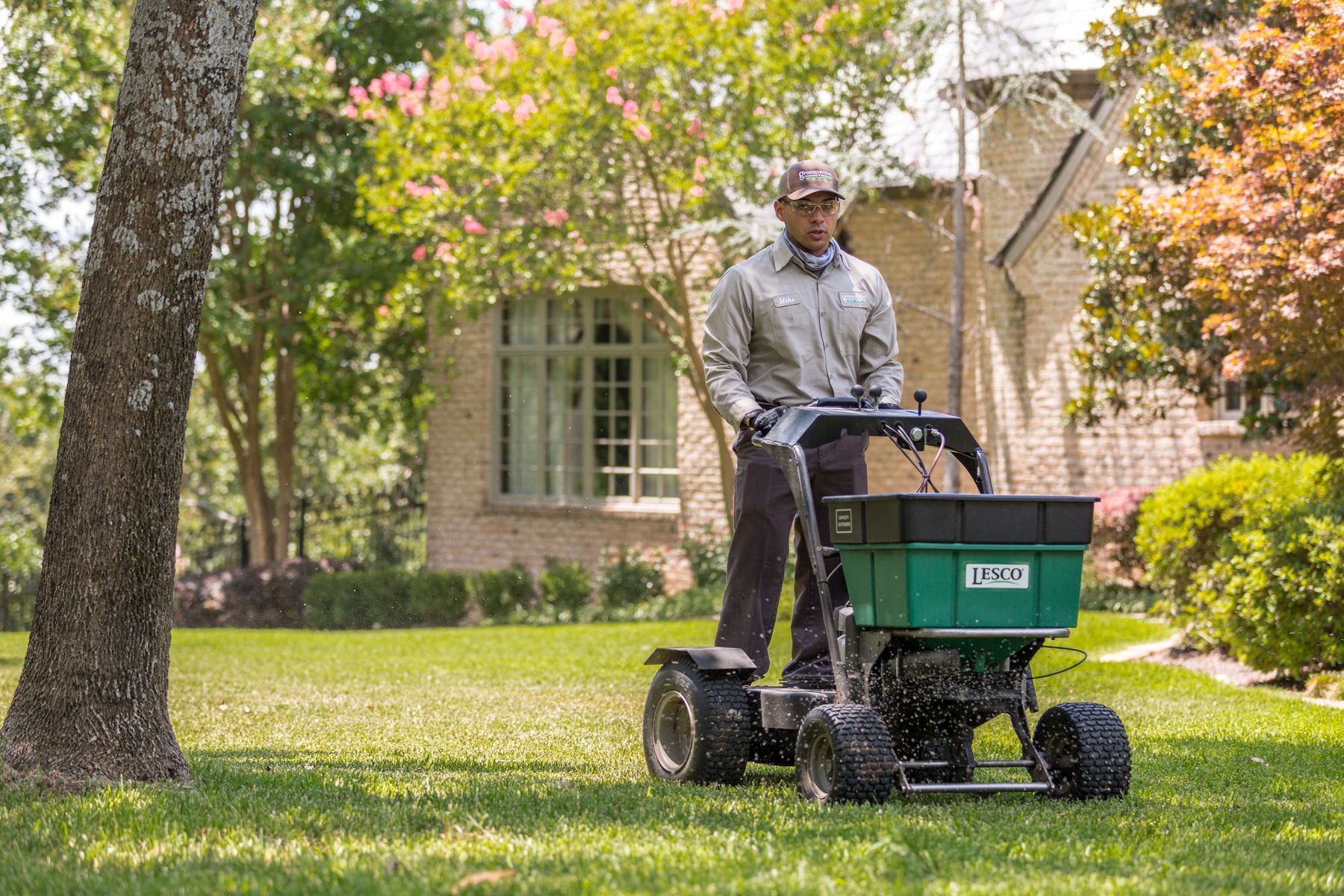
In general, grassy weed killer products (post-emergent controls) will work on all of these weeds. However, you should know that if you have a lot of grassy weeds, it could take multiple seasons to get them under control. This is particularly true for the difficult-to-control varieties.
For these reasons, some homeowners just prefer to “start over.” Rather than waiting several years to see a significant difference, they might prefer that we remove the areas of the lawn where weeds are running rampant, and then re-sod. When you sod, you get an “instant lawn.” Then, we’d move forward with ensuring you’re on a regular weed control program to prevent as many of the grassy weeds as we can with pre-emergent controls.
Going forward, there are also things that you can do to protect your lawn.
Any steps that you take to promote a thicker, healthier lawn is going to put natural pressure on weeds, and that’s important! This means you should ensure you are properly watering your lawn and that it’s effectively fertilized. In addition, proper lawn care (including mowing) can also play a role in promoting a thick and healthy lawn that supports better grass growth to naturally choke out weeds.
When it comes to having the best lawn on the block, grassy weeds just don’t fit into your plans. In fact, you want to do what you can to keep all weeds at bay. Unfortunately, here in North Texas, weeds never stop growing. But you can fight back!
Your best defense against all weeds is a year-round lawn care program that prevents many weeds from appearing in the first place while also addressing those weeds that do pop through. The quicker that you address weeds, the better shape your lawn will be in. On top of that, fertilization and other professional lawn care tasks will help your healthy grass to grow and begin to naturally choke out those unwanted weeds.
In the end, you don’t have to let grassy weeds (or any other weeds for that matter) stand in your way of having the best lawn on the block.
Don’t let weeds get the best of your Flower Mound, Highland Village, or West Plano, TX lawn. Get an expert analysis and find out exactly which weeds are causing a problem so weed control can be targeted and timed accurately. Get a free quote and find out how you can get the best lawn on the block. Seriously, you deserve it.
Image Source: Dallisgrass, Poa Annua, Goosegrass, Johnsongrass, King Ranch Bluestem
These Stories on Lawn Care